Face Dances by The Who
Buy Face Dances Face Dances was the ninth album from the legendary band The Who but their first without drummer Keith Moon, who died of an overdose shortly after the release of their […]
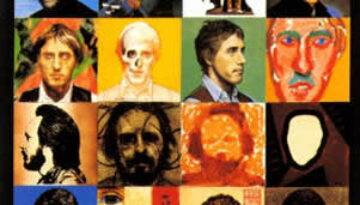
Buy Face Dances Face Dances was the ninth album from the legendary band The Who but their first without drummer Keith Moon, who died of an overdose shortly after the release of their […]
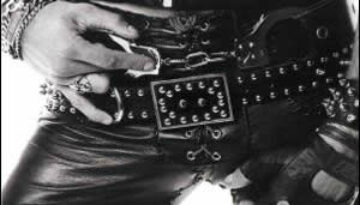
Buy Too Fast for Love Perhaps more than any other band, Mötley Crüe epitomized the “hair band” phenomena of the 1980s, with their updated version of 1970s glam. But they did have a […]
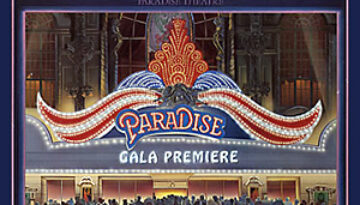
Buy Paradise Theatre At a time when the “concept album” had all but gone out of fashion, Styx released Paradise Theatre, an album that loosely couples a fairly interesting concept with some strategically […]
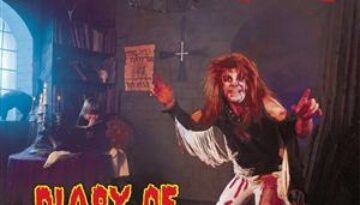
buy Diary of a Madman There is something pure about Ozzy Osbourne that makes him so endearing to his fiercely loyal fans. Without pretension, this big, overbearing lug that just plugs away at […]
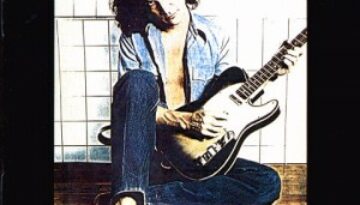
Buy Don’t Say No Bily Squier was an odd figure on the pantheon of rock. On the one hand, there is no doubt that he was a very talented vocalist with exception songwriting […]